Jeff Wells has a long-standing reputation among audiophiles and headphone enthusiasts alike for making top-performing amplifiers at an excellent value. One unique offering from Wells Audio is the availability of optional builds based on the use of higher quality parts in the form of different “Level” designations for his products, with the price differences pretty much reflecting the increase in manufacturing costs for those parts, and he spells out exactly what changes are made. This reflects a level of openness not seen in many Personal Audio manufacturers. So having already reviewed several Well Audio products, I was very excited to get an opportunity to review the Wells Audio V8 Level II Tube Headphone Amplifier.
The Wells Audio V8 Level II Tube Headphone Amplifier
The Wells Audio V8 Level II Tube Headphone Amplifier is a Dual Triode (Push-Pull) Single-Ended OTL (Output TransformerLess) that sports two 6AS7 Dual Triode tubes for the output stage and two either 12AU7 or 12AY7 tubes for in the input section (there is a switch to select between them), the one I received came with 12AU7 tubes and 6H13C (6AS7 equivalent). About twice as deep as wide and with the tubes as tall as wide, the chassis is dominated by a can for a huge toroidal power supply transformer. On the front, you will find the aluminum volume control centered, with a four-pin XLR balanced connection (technically this is single-ended also) above the ¼” single-ended connection on the right and a green power light on the left. The back is equally sparse with the AC connection and a pair of RCA single-ended inputs. Four large aluminum feet inset with o-rings complete the picture.
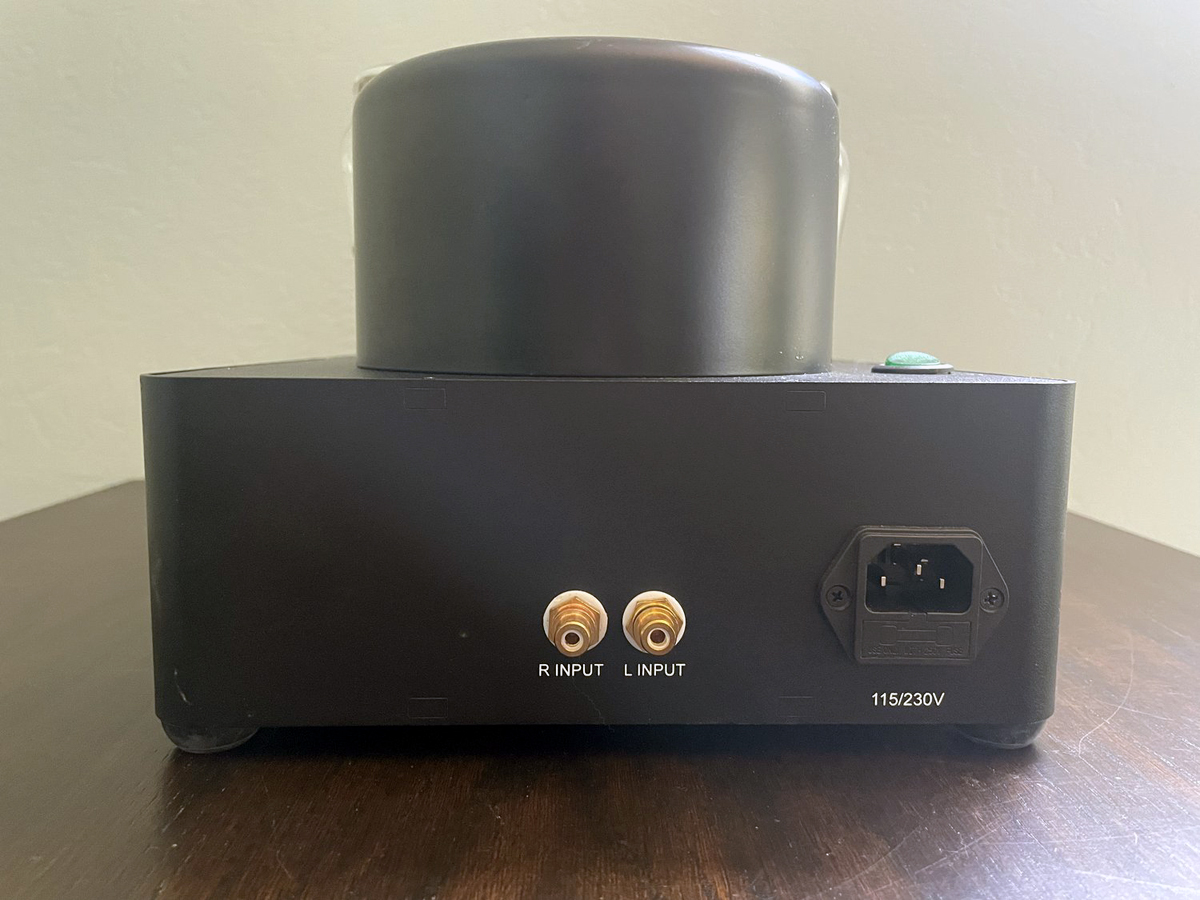
According to Jeff’s website the Wells Audio V8 Level I “Includes quality parts, some of which are cryogenically frozen to decrease noise,” while the Level II is the “Base model plus introduction of noise canceling technology and premium parts.” (this includes a 47-step Goldpoint V47 50k stepped attenuator and improved capacitors).
So why OTL? The answer is bandwidth, as David Manley pointed out in his book on the subject, a tube amp is only as good as the output transformer, and it is incredibly difficult to make a transformer with sufficient bandwidth for high-end audio (you basically want a linear frequency response from as close to DC as you can get to around 50k if not higher) which means that a proper output transformer for an audiophile quality amplifier is very expensive. So why have the transformer at all? A tube is a voltage device (EG: it operates at a very high voltage and low current) thus it works best with a very high impedance load so in a standard tube amp the transformer converts the voltage to current and allows the tube to see an impedance that it is happy with which translates to more power from the tube.
Living with the Wells Audio V8 Level II Tube Headphone Amplifier
I met up with Jeff at T.H.E. Show 2024 and brought the Wells Audio V8 Level II Tube Headphone Amplifier home with me. Set up was easy, the V8 Level II was well packed with the tubes in separate boxes, I simply inserted the tubes, connected power to my Core Power Technologies A/V Equi=Core 1000 via Black Dragon Power Cables, and connected the DAC (also via Black Dragon Cables). Plugging in my Dan Clark Audio EXPANSE Planar Magnetic Headphones via the 4 Pin XLR output I spent several days just listening while I completed my show reports for T.H.E. Show 2024. Initially, I used the Mojo Audio Mystique DAC which I also have in for review, but switched over to my Audio-gd R2R-1 DAC as I know its characteristics better.
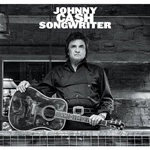
Booting up Qobuz I selected Johnny Cash’s “Songwriter” (24-bit/48kHz-Qobuz) from the ‘New Releases” and it was like being in a large church with Johnny brought back to life up on a stage, musical with an expansive soundstage. The bottom end was warm and lush, the highs detailed and the midrange honeyed.

Next on the podium was Bob Seger & The Silver Bullet Band from a 24-bit/96kHz (Qobuz) version of their 1976 album “Night Moves”. Cranking up the volume I was once again transported to a small club with the band luxuriating in front of me. For a quick comparison I swapped out for the single-ended cable, and while the volume didn’t change, the soundstage was slightly changed which I have been told is most likely due to the XLR not having been used during factory burn-in (I don’t put as many hours on tube amps as I do other components due to not wanting to reduce tube life but it is safe to say that the XLR will be fully broken in by the end of this review).

Following that I switched to the Dan Clark Audio E3 Planar Magnetic Headphones to see how the V8 Level II handles closed backs, and to get a better idea of the tonal balance and extreme bottom end. Before moving into my test tracks I chose “Flower of the Soul” (24-bit/96kHz – Qobuz) by Liana Flores. Her voice was intimate and silky, the bass deep, rich, and resonant, the acoustic guitar crisp and detailed, the piano had a delicate nightclub feel, perhaps a Yamaha, and the flute was breathy and full, while the strings were sweet.

It was time for “Can-Utility and the Coastliners” (“Foxtrot” – Genesis – DSD), Peter’s vocal was natural and realistic, the bass exhibited power and weight, and the soundstage was huge.
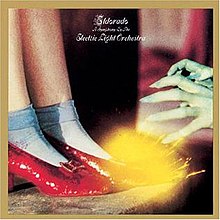
Changing to a more challenging headphone, the HIFIMAN HE6se Planar Magnetic Headphone, and putting on ELO’s “I Can’t Get It Out Of My Head” (“Eldorado” – 24-bit/192kHz) I was blown away, this was the best sound yet, the synergy between the amplifier and these headphone was fantastic, maybe the best I have heard them sound, massive open soundstage, realistic timbre, dynamic and musical with no hint of harshness from what are admittedly an analytical headphone.
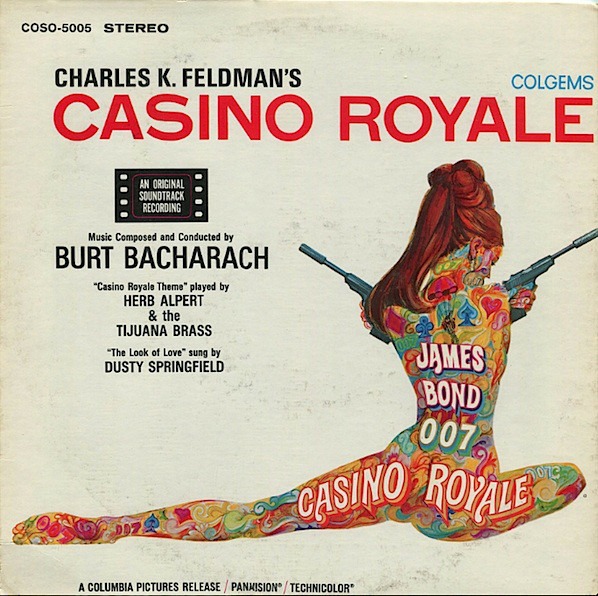
“Casino Royale Theme” (“Casino Royale” – Henry Mancini/Herb Alpert & The Tijuana Brass – 24-bit/192kHz) only further reinforced this impression.
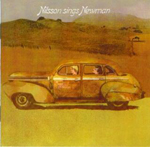
This led me to try my most power-demanding dynamic headphone the Spirit Torino Twin Pulse Isobaric Open Circumaural Headphone which wants massive amounts of power to perform properly despite being a dynamic headphone. For this I picked Harry Nilsson’s rendition of Randy Newman’s “Cowboy” (“Nilsson Sings Newman” – 24-bit/96kHz), again the sound was exemplary, the V8 Level II providing the extreme control the Spirit Torino’s demand.

Swinging the opposite direction to a headphone that is difficult for a completely different reason I plugged in the Grado GS3000x Headphone which are almost as efficient as IEMs and require an absolutely silent amplifier, which is really hard for a tube amp designed for power. Since the Grados are a bit of a Rock & Roll headphone I picked a Jazz track to give them a proper workout, in this case, Jean-Luc Ponty’s “Mirage” from his “Enigmatic Ocean” (16-bit/44.1kHz) album. The V8 Level II scored top marks the “noise cancelling technology” certainly doing its job.
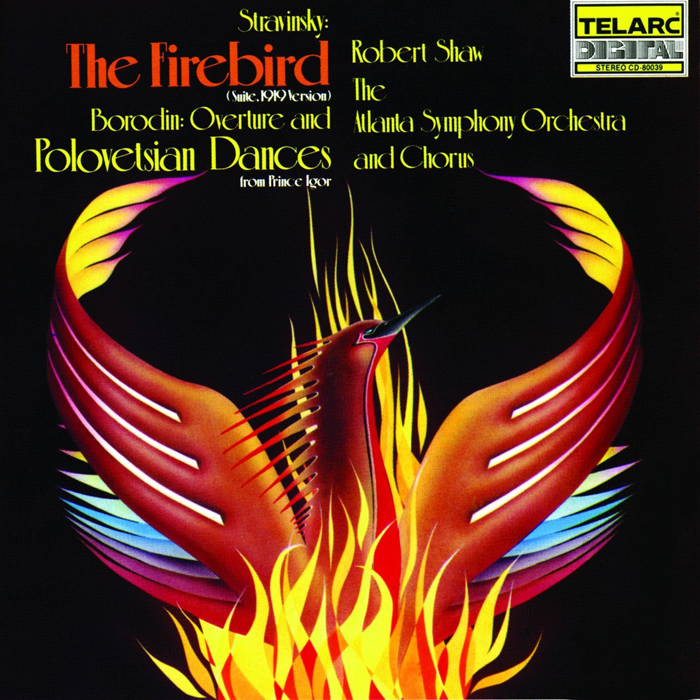
Returning to the HE6se, this time with the DanaCable Lazuli™ Voilà Headphone Cable I put on my 24-bit/96kHz vinyl rip of Robert Shaw and the Atlanta Symphony Orchestra’s performance of Stravinsky’s “The Firebird Suite” (“Stravinsky: The Firebird; Borodin: Music from Prince Igor”) and the V8 Level II passed my ‘chill test’ with flying colors bringing out the subtle nuances that make this recording spectacular. The image was laser precise with each musician firmly in their seat and plenty of air between them. The dynamics of the crescendos were epic and the timbre of instruments spot on with the triangle clearly ringing out against a cacophony of sound. And, as above, all layered with an intense musicality.
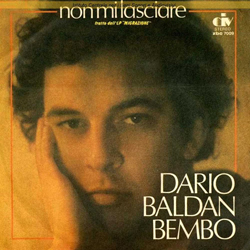
At this point, I received the brand new HIFIMAN SUSVARA UNVEILED Reference Planar Magnetic Headphone in for review (read the review here), which seemed like the ultimate test for the V8 being one of the two most difficult to drive headphones I am aware of. After burning in the SUSVARA UNVEILED, it was time to give them a listen with the V8. For this test, I started with Dario Baldan Bembo’s “Non Mi Lasciare” (16-bit/44.1kHz). As advertised, the HIFIMANs were ‘UNVEILED’ producing a rich dynamic piano, deep resonant bass, and milky sweet vocals. The musicality was fantastic even with the extended high end of the SUSVARA UNVEILED.

To step the game up one I switched to the Lazuli™ Rhapsody Headphone Cable and put on “Fair Exchange” (“Sunburst Finish” – 24-bit/96kHz) by Be-Bop Deluxe, the soundstage was massive creating a live performance feel, transporting me back to the Shrine Auditorium all those years ago.
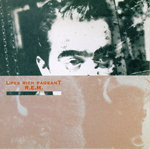
A similar magic was lent to R.E.M.’s “Fall On Me” (“Life’s Rich Pageant” – 24-bit/44.1kHz) offering up front-row performance.

Conclusions on the Wells Audio V8 Level II Tube Headphone Amplifier
Once again Jeff Wells has shown that he can make a great amplifier whether solid-state or tube, and the Wells Audio V8 Level II Tube Headphone Amplifier has proven to be one of the better OTL amplifiers I have heard, with excellent detail, solid imaging, a linear tonal balance, a large soundstage, fantastic dynamic range and above all musicality. It works well with a broad spectrum of headphones, bringing out what that headphone does best.
Like most OTL amplifiers, the V8 is not particularly forgiving of source working best with high-resolution musical DACs rather than analytical DACs. What you put in is what you will get coming out, in that sense the V8 does exactly what a reference amplifier should; alter the sound as little as possible while providing dynamic range and sufficient power and damping to drive any headphone.
So if you are looking for an amplifier that gives the performance of solid-state with the musicality of tubes then the Wells Audio V8 Level II Tube Headphone Amplifier should definitely be on your shortlist, it certainly is on mine.
Price: Level I $1,500 Level II $3,000
Manufacturer’s Website: www.wellsaudio.com/v-8
Technical specifications
Power out: .326 WRMS into 300 ohms.
Bandwidth: 5 hertz to 30 kHz +/- .2dB.
Gain: 14.9 dB
Input impedance: 470k ohms














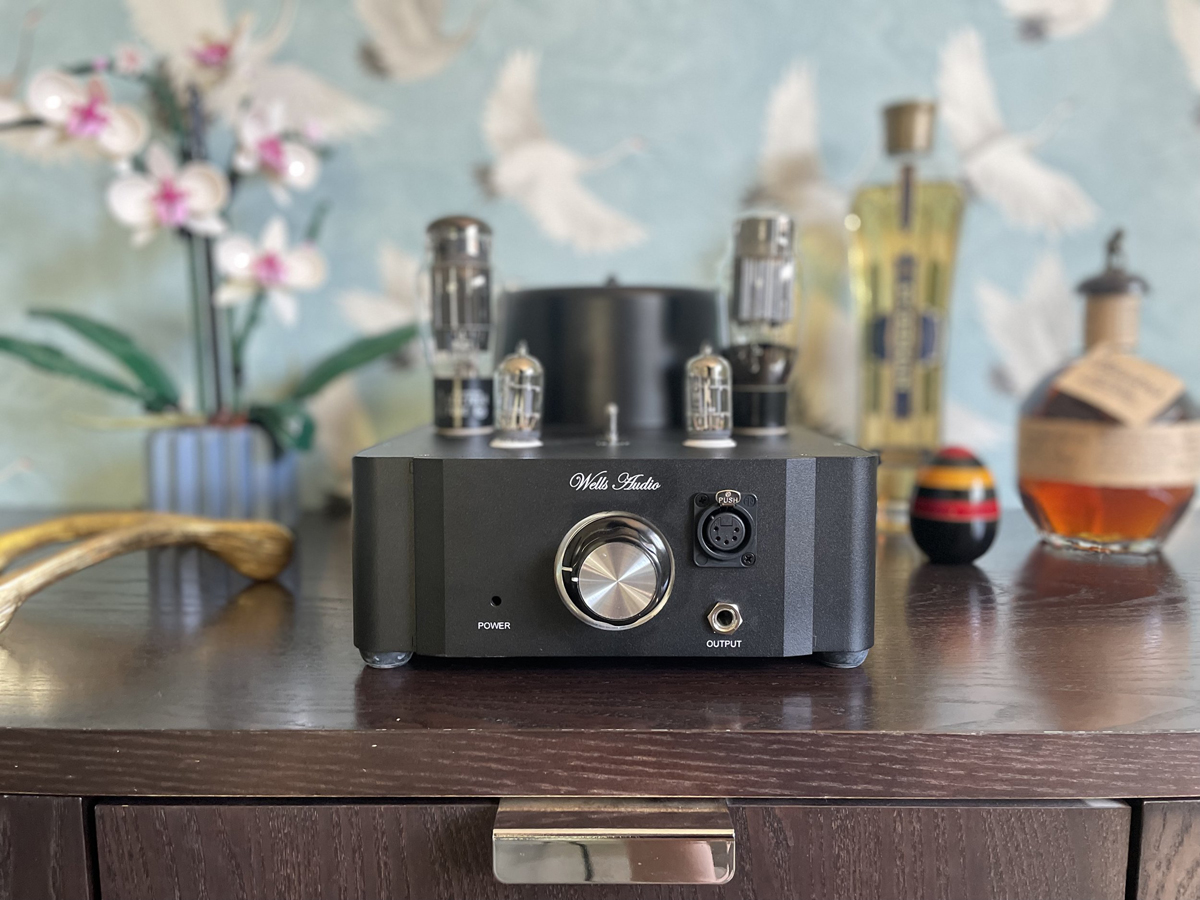
Want to join discussion?
Feel free to contribute!